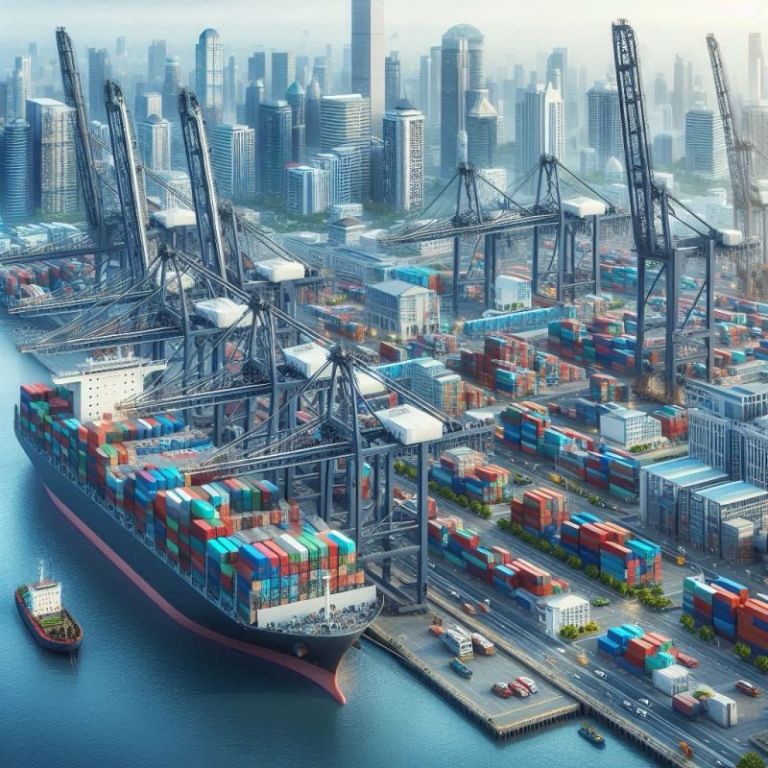Attacks on container vessels in the Red Sea have disrupted a major global trade route for weeks, with shipping giant Maersk warning of potential disruption lasting a year. Iran-backed Houthi militants escalated attacks on ships in late November, retaliating for Israel’s war against Hamas.
The resulting delays and increased costs threaten further price increases for consumers already grappling with inflation. A significant number of larger container ships have rerouted around the Red Sea and Suez Canal, opting for longer routes. This “almost wholesale exodus” impacts a crucial trade artery: the Suez Canal accounts for 10-15% of global trade and 30% of global container shipping.
While the impact is less severe than during the pandemic, the crisis has affected businesses. Tesla paused some production due to delayed car parts, and Ikea warned of potential shortages. Maersk’s CEO stated that a resolution isn’t imminent, predicting months of continued disruption.
Approximately 90% of usual container ship capacity through the Red Sea and Suez Canal has been rerouted around the Cape of Good Hope, adding up to two weeks to transit times for container ships and 18 days for slower bulk carriers and tankers. Some shippers are resorting to air freight, a significantly more expensive option (10 to 20 times higher), as evidenced by increased air cargo from Vietnam to Europe.
Extended routes increase fuel, insurance, charter, and wage costs. Xeneta estimates an extra $1 million per vessel for round trips around the Cape of Good Hope, primarily due to higher fuel costs. Carriers have raised freight rates and added surcharges. Global shipping costs are up; a typical 40-foot container costs $3,786, a 90% year-on-year increase. The cost from Shanghai to Rotterdam jumped 158% to $4,426.
However, the situation is less dire than the pandemic peak. Global container shipping costs are less than half their 2021 high. Demand has returned to normal levels, and higher interest rates have dampened consumer spending. The current crisis is described as “much more targeted, much more limited in scope” than the pandemic’s impact.
While many retailers will likely pass on higher costs, particularly those with smaller margins, container shipping remains cost-effective. The OECD estimates that sustained high freight costs could increase consumer price inflation by 0.4 percentage points after a year. The relatively benign outlook is partially due to significant growth in the global shipping fleet, expected to continue in 2024, helping to contain costs. Increased capacity is already putting downward pressure on rates.
However, the situation could worsen if the Israel-Hamas conflict escalates or oil prices rise. Currently, record oil production and weak demand are keeping oil prices stable. Fewer oil tankers than container ships have avoided the Red Sea, potentially changing as concerns grow. A recent 40% drop in crude oil tankers through the Bab-el-Mandeb strait highlights the growing risk perception among ship owners.




